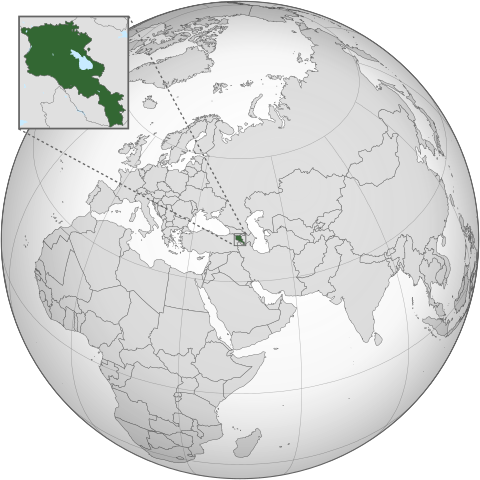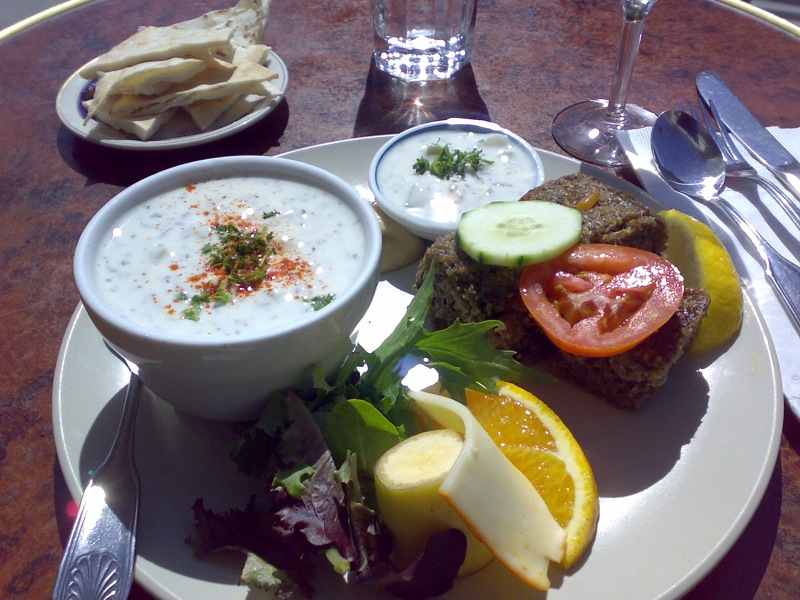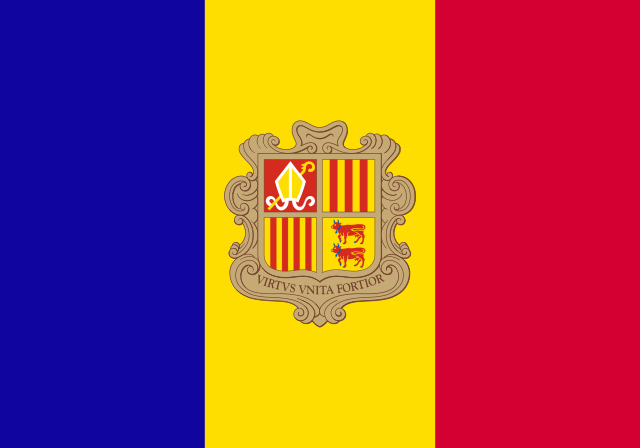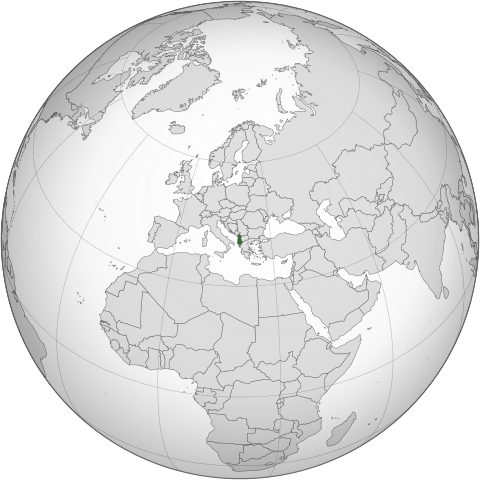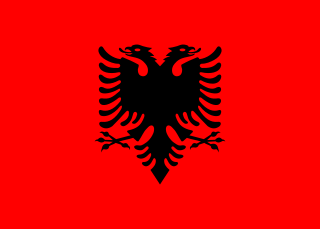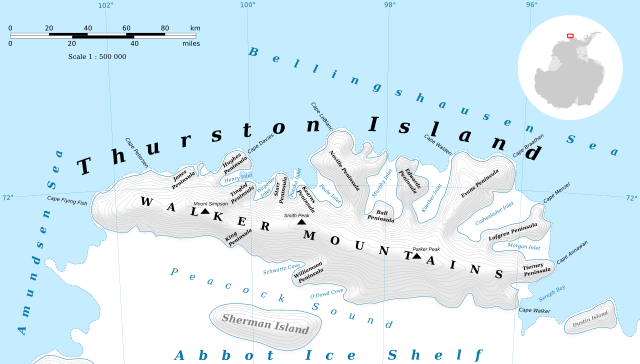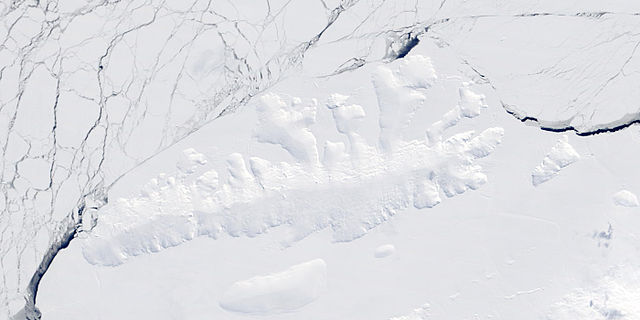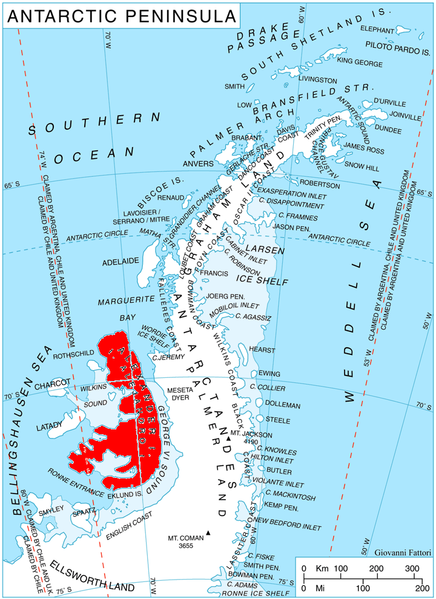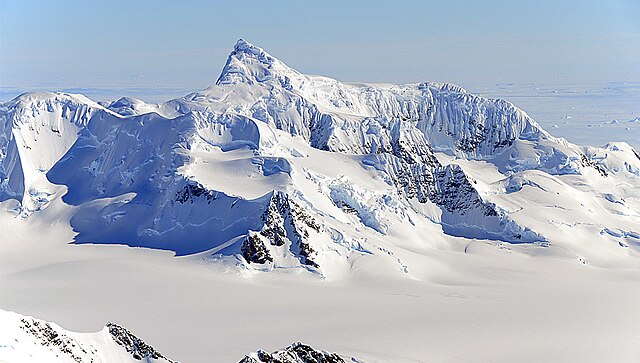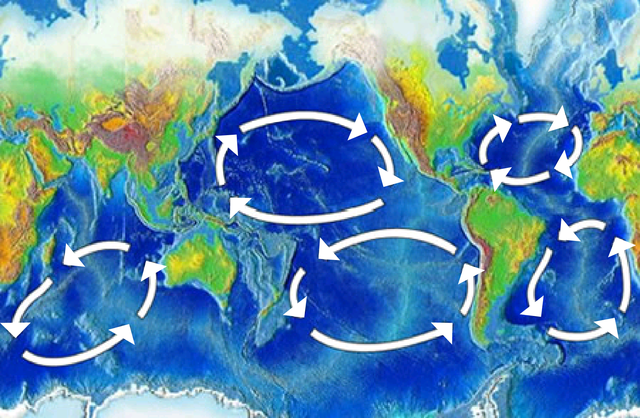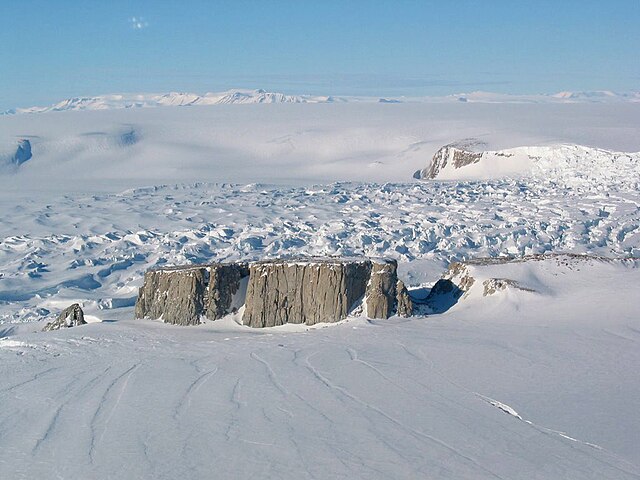We just learned about the country of Armenia.
Let's learn a little about the country of Azerbaijan!
This country is in the area of Europe and Asia called Eurasia.
It is south of Russia, north of Iran, and east of Armenia.
On the east side of the country is the Caspian Sea.
It is about 33,000 square miles, and about 10 million people live there.

(from: wikipedia - azerbaijan)
The flag of Azerbaijan is blue, red, and green with a crescent moon and star in the middle.
The blue and the moon and star are for the Turkish people who live all over the world.
The red is for progress, and the green is for the religion of Islam.

(from: wikipedia - azerbaijan)
To eat in Azerbaijan you might have plov, which is rice with some other things added like meat or vegetables.

(from: wikipedia - pilaf)
There is a carpet museum in Azerbaijan, with over 10,000 things on display showing the history of weaving and carpets and how they were used through history.

(from: wikipedia - azerbaijan carpet museum)
There is an ancient building called the Maiden Tower that goes back to around 1100 AD.
It has many stories from history about legends and mysteries that happened here.

(from: wikipedia - maiden tower (baku))
Kid Facts - Blast from the past: Antarctica
